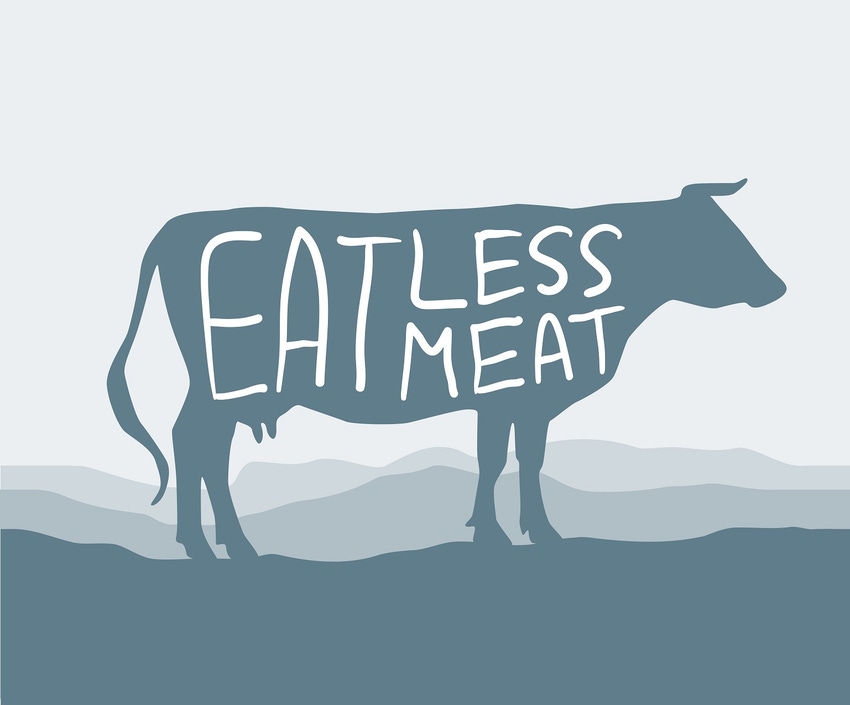
For the past 15 plus years our area has experienced the arrival of the "green bean boys." There are a couple of sizeable processing and canning facilities on the Cumberland Plateau and over in East Tennessee. A handful of producers have been growing green beans for the industrial giants for several decades.
But the green bean boys tend to pay high rent, normally stay for three years, and then leave when the soil is mostly gone. It is close to the ultimate destructive farming program as they routinely till a field deep and make a “lettuce bed” and plant green beans. They like to plant and harvest three crops in a 150-day growing season. We are in a high moisture, heavy clay, low-organic-matter area. When the green bean boys leave, there ain't much left but gullies and subsoil.
Historically, David Montgomery notes in his book, Dirt: The Erosion of Civilizations, that the downfall of most civilizations has come and been closely tied to the loss of soil volume and life. Tillage was the No. 1 contributor, and certainly is the fastest way to create erosion.
Egypt’s Nile river valley was successful for thousands of years due to the huge amount of silt and minerals it annually received from the south. It is considered an exception but this is not completely accurate. Cattle removal in Egypt led to so many problems that their culture was showing signs of failure 4,000 years ago when the Hebrew cattle boys (Jacob) moved down in their country with herds and 70 people. A few generations later (450 years) they left with close to 2.5 million people. I'd say this is a good indicator reproductive function and health is more functional with ruminant consumption.
Walt Davis has written a book, The Green Revolution Delusion, that outlines a bunch of reasons and necessities for using cattle in most all agricultural systems. It's a must-read. We have degraded a bunch of good ground with cattle but when you remove the cattle for really long periods everything gets a bunch worse. Properly pulse-grazed cattle are the major factor to soil restoration and soil building. Gabe Brown totally understands and now utilizes this principle on a daily basis. I think cattle are likely the No. 1 factor in his success.
Think about these components of a properly managed cattle herd.
They are trained to stay together (We use hot poly-braid fencing).
They graze in high density on completely recovered forage.
They lightly cultivate to soil.
They process the plant material into near-perfect new food for plants and soil.
They stimulate the release of minerals from subsoil.
They stabilize the water cycle.
They increase system energy.
They allow and encourage an increase of plant and wildlife and soil life and diversity. This is system energy.
They provide health and healing food to those of us who eat their beef on a real regular basis.
The system renews itself.
Remove the cattle and the entire system begins to fail. I am not aware of an environment where desertification (loss of plants and plant diversity) does not begin when large ruminants are removed or allowed to remain set-stocked. Cattle removal is a big mistake, a real big mistake. Unfortunately, the same is true of set-stocking, many "rotational" grazing programs, and a bunch of other published ideas. (See many of my previous blogs.)
We preach a systems approach, execution and usage. Monitor what's happening and be ready to adjust at all times. Utilize all the natural model principles or they will bite you hard. Cattle removal leaves a big scar. People who want to remove cattle and stop eating hamburgers need to do a bunch more studying.
About the Author(s)
You May Also Like






